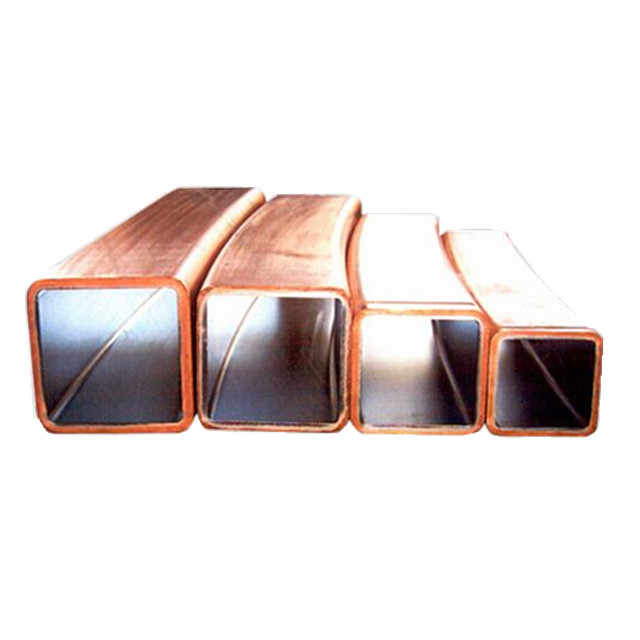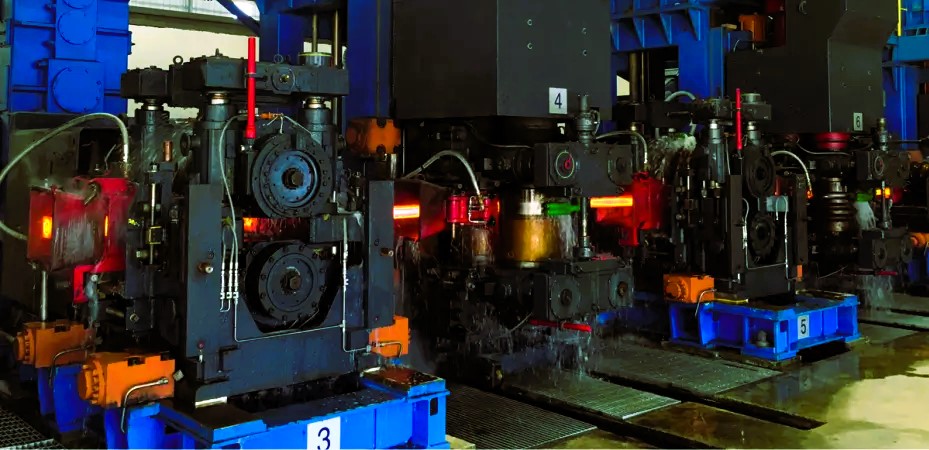Meta TechX Engineers – Discover the major problems faced during the hot rolling process and explore effective solutions to overcome them. Improve the quality and efficiency of your metal manufacturing with these expert recommendations. Join us – Meta TechX Engineers
Introduction
In the field of metal manufacturing, the hot rolling process plays a crucial role in shaping various products such as sheets, plates, and profiles. However, like any complex process, hot rolling comes with its fair share of challenges. In this article, we will delve into the major problems that Professionals face during hot rolling and explore effective solutions to overcome. Meta Blog
Major Problems in Hot Rolling Process and Their Solutions.
Hot rolling process encompasses several stages and involves the deformation of metal subjected to high temperatures. This intense procedure results in the need to address certain setbacks. Let’s explore the major problems and offer potential solutions.
Problem 1: Surface Defects
Hot rolling can often lead to surface defects on the rolled metal products. These defects manifest in the form of cracks, scaling, edge cracks, and pitting. Not only do these defects compromise the appearance of the final product, but they can also weaken its structural integrity.
The Importance of Surface Quality
The surface quality of rolled products is crucial as it directly affects their appearance, functionality, and performance. Surface defects not only compromise the aesthetic appeal but can also lead to functional issues such as reduced corrosion resistance, decreased mechanical strength, and compromised dimensional accuracy. Therefore, it is essential to identify and address these defects to ensure high-quality end products.
Types of Surface Defects
(I). Scale
Scale is a common surface defect that occurs during hot rolling. It appears as a thin layer of oxide on the surface of the metal. Scale formation is a result of the high temperatures involved in the rolling process, causing the metal to react with oxygen in the air. Scale can vary in thickness and can adversely affect the surface finish and paint adhesion.
Solution:
To minimize scale formation, scale breakers or descaling units are used. These devices remove the scale from the surface of the metal before further processing. Additionally, proper selection and application of lubricants can aid in reducing scale formation during the hot rolling process.
(ii). Pitting
Pitting is another surface defect that manifests as small depressions or cavities on the surface of the rolled metal. It is often caused by the presence of impurities or inclusions in the raw material, which create localized corrosion sites. Pitting can affect the structural integrity and corrosion resistance of the material.
Solution:
To mitigate pitting, it is essential to control the quality of the raw material. Thorough cleaning and inspection of the starting material can help identify and remove impurities before the rolling process. Additionally, proper maintenance of rolling mill equipment and regular surface inspections can aid in early detection and prevention of pitting defects.
(iii). Seam Defects
Seams are longitudinal defects that appear as raised or indented lines on the surface of the rolled metal. They are caused by the presence of imperfections in the original billet or ingot. Seam defects can weaken the material and compromise its structural integrity.
Solution:
Minimizing seam defects requires careful selection and inspection of the starting material. Advanced ultrasonic or magnetic particle testing methods can help identify potential seam defects before the rolling process. Additionally, preventive maintenance of the rolling equipment and periodic inspections can aid in identifying and addressing seam defects in a timely manner.
(iv). Oxide Streaks
Oxide streaks appear as dark, irregular patches or lines on the surface of the rolled metal. They are caused by the uneven formation of oxides during the hot rolling process. Oxide streaks can reduce the aesthetic appeal and surface quality of the final product.
Solution:
To prevent oxide streaks, it is crucial to maintain consistent temperature and rolling conditions throughout the process. Proper lubrication and use of anti-oxidation coatings can also help reduce the formation of oxide streaks. Regular cleaning and maintenance of the rolling mill equipment are essential to prevent the accumulation of scale and oxides.
(v). Skid Marks
Skid marks are localized surface defects that appear as shallow or deep scratches on the rolled metal. They are caused by the slippage of the material against the rolls during the rolling process. Skid marks can compromise the aesthetics and performance of the final product.
Solution:
To minimize skid marks, the rolling process should be carefully controlled to avoid excessive friction between the material and the rolls. Proper selection and application of lubricants or coatings can also help reduce skid marks. Regular inspection of the rolling mill equipment and timely maintenance can aid in identifying and addressing any issues that may contribute to skid marks.
Problem 2: Dimensional Inaccuracy
Another common problem in the hot rolling process is dimensional inaccuracy. Variations in thickness, width, or length of the rolled product can lead to significant issues downstream, especially when the product is intended for specific applications with strict dimensional requirements.
Solution: Precise Rolling Mill Setup and Adjustment
Achieving dimensional accuracy requires meticulous setup and adjustment of the rolling mill. Close attention should be given to factors such as roll gaps, roll misalignment, and temperature control. By continuously monitoring and fine-tuning these parameters, professionals can ensure consistency and precision in the final product dimensions.
Problem 3: Internal Defects
While surface defects are visible, internal defects pose a more significant challenge. These defects, such as porosity, inclusions, or cracks within the metal structure, can compromise its mechanical properties and increase the risk of failure during service.
Solution: Controlled Heating and Cooling Processes
The key to addressing internal defects lies in implementing controlled heating and cooling processes. Proper temperature control during the hot rolling process helps prevent the formation of harmful microstructural anomalies. Additionally, post-rolling treatments like heat treatment or annealing can be utilized to further enhance the material’s internal integrity.
Problem 4: Poor Grain Structure
Grain structure plays a vital role in determining the mechanical properties of the rolled metal product. Unfavorable grain structures, such as coarse grains or non-uniform grain distribution, can result in decreased strength, reduced ductility, and inferior overall performance.
Solution: Optimal Rolling Parameters and Grain Refinement Techniques
To obtain a desirable grain structure, professionals must optimize rolling parameters such as rolling speed, reduction ratio, and cooling rate. Additionally, grain refinement techniques like controlled rolling or the addition of alloying elements can be employed. These measures promote a finer and more uniform grain structure, resulting in improved mechanical properties.
Problem 5: Material Wastage
Material wastage can have a significant impact on both the cost and sustainability of the hot rolling process. Excessive material loss not only increases production expenses but also contributes to environmental concerns.
Solution: Continuous Improvement and Waste Reduction Strategies
To combat material wastage, professionals must adopt a continuous improvement mindset and implement waste reduction strategies. This can include initiatives like optimizing material utilization, implementing recycling programs, and investing in advanced technologies that minimize scrap generation.
Conclusion
The hot rolling process presents manufacturers and professionals with various challenges that can affect the quality, reliability, and efficiency of the final products. Addressing these problems requires a combination of technical expertise, process optimization, and a commitment to continuous improvement. By implementing the solutions outlined in this article, professionals can navigate the hot rolling process more effectively and produce superior metal products that meet the highest industry standards.




